WHAT I DO 4 $!
============================
Boys get video games, girls get comics
Online comics are vivid, but will they lure fans?
By Geoff Boucher, Los Angeles Times Staff Writer
November 27, 2007
In the summer of 1977 I was handed my first comic book, a 35-cent issue of Detective Comics, and I was transfixed.
There was a caped corpse on the cover and in grim letters it said, "Batman is Dead . . ." (he wasn't, to my relief). In the bottom corner a contest advertisement announced "YOU could be in the Superman movie" (I wasn't, to my disappointment). Three decades later, I still have that comic book, in all of its torn, spindled and Slurpee-stained glory.
I couldn't help thinking about that beloved and tattered newsprint artifact as I got my first experience with the new "digital comics" from Marvel that made their splashy premiere earlier this month at marvel.com/digitalcomics. In essence, Marvel has taken thousands of classic issues (among them every 1960s issue of "The Amazing Spider-Man," "The Avengers" and "The Fantastic Four") along with selected current titles and re-engineered them panel-by-panel to make them into something akin to a sleek Internet slide show.
The elaborate venture is a bold one but it was driven as much by anxiety as ambition; even though comic-book heroes now bring robust returns as film and video-game franchises, the printed comic book is fading from the cultural consciousness of youngsters. Next year, the superhero comic book will celebrate its 70th year as a uniquely American contribution to pop culture, but it's now a foreign object to most kids.
The glut of slick magazines and the quirky business history of comics distribution has made it hard for kids to stumble on a comic book if they aren't looking for one. "We don't have a natural lifestyle intersection point for kids anymore," says Dan Buckley, president of publishing for Marvel Entertainment. "We think we can find one online." In other words, Marvel is banking on the idea that it can catch passing youngsters somewhere near the corner of YouTube and MySpace.
Well, the archive certainly looks good. These aren't photographs of faded old pages or unwieldy images that spill off the screen; Marvel has converted the glorious old artwork of Jack Kirby, Steve Ditko, Jim Steranko and Neal Adams into bright, burnished panels. To check out this e-resurrection, I went straight to an old favorite, issue No. 33 of "The Amazing Spider-Man" from February 1966, which has a classic Ditko cover of the despairing hero being crushed beneath machinery. The art now seems to glow from within, which is precisely what's happening on a computer monitor. The website is easy to search and use and there's a deftly designed zoom-in function and "smart reader" feature, too, so a reader gets a smooth progression from panel to panel that lets you follow a story in a natural flow.
The archive opened with 2,500 issues and 20 more are added each week. There's a free offer to sample 250 of them and then there's an all-you-can-eat subscription price of $9.95 per month; if you sign up for a year, it goes down to $4.95.
I was pleased to see that many of the newer comics posted have been archived in batches so a subscriber can read entire story arcs by fan-favorite writers such as Brian Michael Bendis, who has energized the superhero motif with perhaps the smartest and wittiest dialogue in mainstream comics history. I can see the archive luring in prodigal Baby Boomers wanting to revisit the old Silver Surfer stories from the 1960s, then hooking them with the surprisingly compelling new stories such as Joss Whedon's "Astonishing X-Men" or the Bendis reworking of the wall-crawler legend in "Ultimate Spider-Man."
There's a lot of fun curiosities for a grown-up fan-boy, too, like the late 1960s horror anthology "Tower of Shadows" or the rare 1940s issues of "Sub-Mariner Comics." My great regret when perusing the archive, though, is the fact that the oldest comics are not reprinted with their original ads intact. The sales pitches through the years for war bonds, Sea-Monkeys, switchblade combs, X-Ray specs, K-Tel collections, Joe Namath footballs and Twinkies are wonderfully entertaining time capsules and maybe Marvel should consider including them (if legally possible) in certain issues.
The most important comics in the archive may be the gentle superhero titles geared toward the very youngest readers, such as "Spider-Man and Power Pack," which are a bit too new and tame to speak to anyone old enough to drive, no matter how nostalgic they are for the exploits of caped wonders. Yet those kiddie titles are the ones that have the best chance of hypnotizing some new fan the way that Batman comic book back in 1977 pulled me into a four-color fantasy world.
I've decided I will stick around as a subscriber for the Marvel archive (especially since a lot of the company's printed comics cost a jolting $3 to buy new), but will new fans really be found for paperless comics? I asked that question the other day while I was talking to Jeph Loeb, the accomplished comics writer better known for his work as a writer and executive producer of the NBC series "Heroes."
Loeb has comics on display at his house in an old-fashioned spinner rack that fascinates the friends of his young son. "One of them walked up to me and asked where can I get more of these? He had no idea where comic books were sold," Loeb told me. He said he doesn't buy the conventional logic that today's youth are too CGI-jaded to enjoy the simpler pleasures of comic books.
"There's something in all of us that loves stories and storytelling and I don't think video games satisfy that," he said. "I think comics are like chocolate chip cookies. If they're not around, kids don't know they want them, but once they are exposed to them, they want them."
"When I came home, my son and his friends were sprawled out on the floor reading those comics in the traditional pose, too, on the floor on their stomach with their feet dangling in the air, reading the book on their elbows," Loeb said. "Some things are natural."
Perhaps, but it's hard to assume that particular reading position with a desktop computer, just like it's hard to roll up a laptop computer and jam it in your back pocket when you ride your bike. Still, what I fell in love with in 1977 wasn't the cheap newsprint, it was simple escapism and fighting the good fight while walking on air. Whether they arrive via DSL or the spinner rack, I guess we take our heroes where we can find them.
geoff.boucher@latimes.com
====================
I am looking for Mad Hatters, Gothic Lolitas, Victorian dolls in frilly dresses, saucy Cabaret vixens, Moustached mannered gentlemen with monacles, etc...
The concept for the video revolves around a spooky birthday party for a corpse (inspired in part by the film Children Shouldn't Play with Dead Things) It takes place in a quasi-Victorian environment with lots of weird circus/vaudville type characters and props.
The bands in attendence will be Rasputina, Voltaire, Armitage (from Circus Contraption), Emily Autumn, Tiger Lillies, Adam Ant, more Armitage, Dresden Dolls, The Candy Spooky Theater, The Tentacled Sawfish and Luminescent Orchestrii
F in science, A in self-esteem
American 15-year-olds go up against teens from around the world.
December 10, 2007
We could focus on the latest worrisome news in education: the results of an international test released last week that show American 15-year-olds don't know much about science and are falling behind their peers in other industrialized nations. But why get depressed?
There is an aluminum foil lining: The test also found that our teens don't let their ignorance bother them. They may not know as much as students in Finland, Canada or New Zealand, but they think they do. When asked to rate their own scientific abilities, they put themselves at the top with their better-educated peers.
This is the real trend in American education. No one can match us when it comes to self-esteem. So what if American students ranked 21st out of 30 industrialized nations? So what if we're even worse in math -- 25th? We know what you're thinking: "Well, we're more ethnically diverse than those countries. We have more poverty. More immigrants." Sorry, the poor and immigrants and the ethnically diverse in other countries scored higher than ours.
Still, our students are blissful in their ignorance. Test analysts found that the less students knew about science, the more optimistic they were that the challenges of global warming can be overcome. Given the burden of their superior education, it's no wonder the French are so grumpy.
===========================
Barack’s Blast From the Past
Op-Ed Columnist - GAIL COLLINS
Published: December 15, 2007
There are lots of different ways for a presidential candidate to deal with the question of drug use.
George W. Bush always declined to answer. “If I were you, I wouldn’t tell your kids that you smoked pot unless you want them to smoke pot,” he said during the 2000 campaign in response to the many, many questions about his own history. The phrasing was vintage George W., but tactically, the answer was a thing of genius. In one simple sentence, Bush had: a) eliminated cocaine from the conversation, b) made “you” the guilty party and c) explained that whatever happened, he was clamming up for the sake of the children.
Barack Obama is the first serious presidential candidate ever to acknowledge using cocaine. “Pot had helped, and booze,” he said of his days as an alienated adolescent. “Maybe a little blow when you could afford it.”
“Soon, it’ll be: When was the last time? Did you ever give drugs to anyone? Did you ever sell them?”
The classic way to get rid of a past-misbehavior problem is to turn it into an inspiring story about sin and redemption. But Obama has a hard time with the cheesy side of political campaigns, and being required to dredge up emotions he doesn’t necessarily feel.
========================





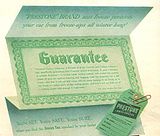
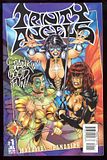
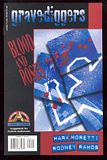
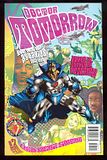
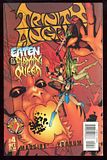

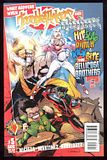
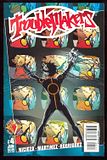
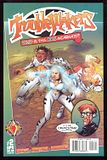
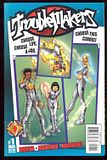
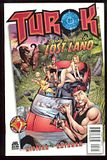
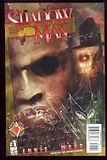


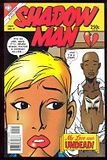
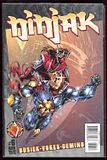

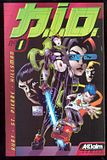
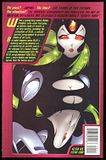

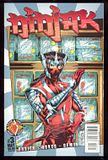
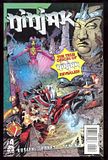
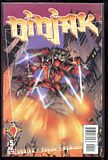
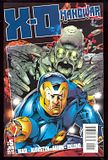
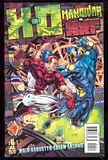

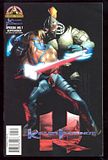
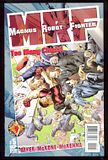

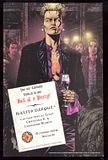
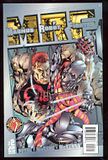
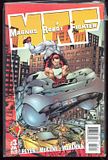
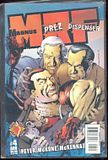
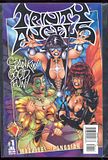
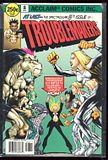
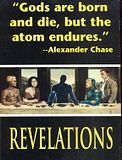
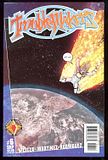
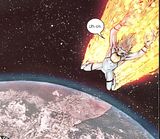
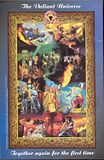
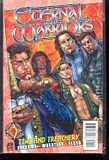
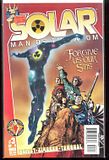
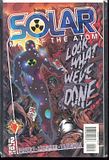
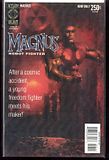
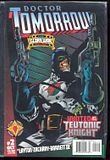
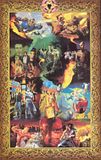
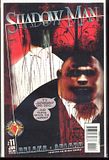
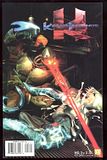
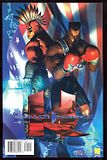
0 Comments:
Post a Comment
<< Home